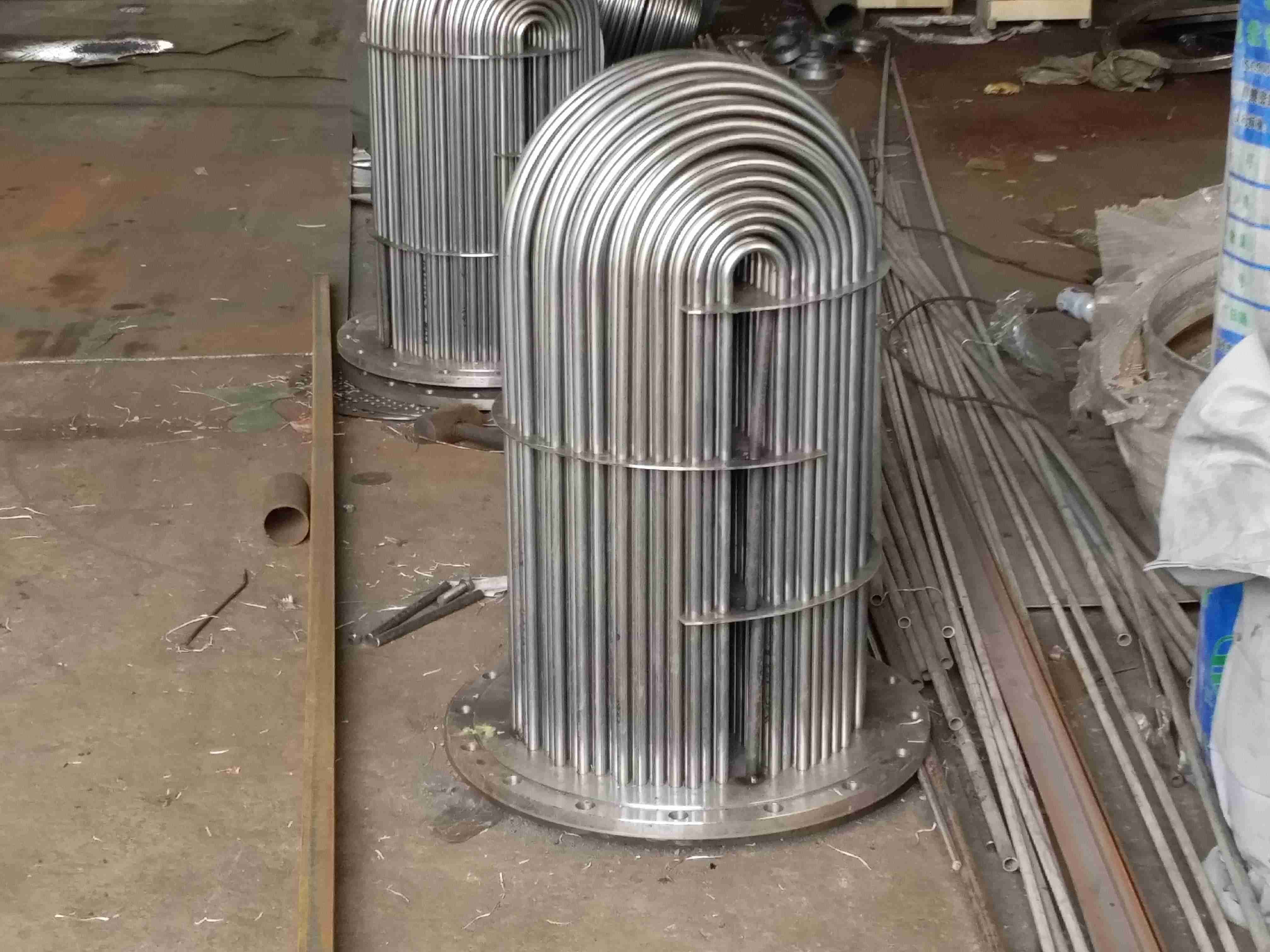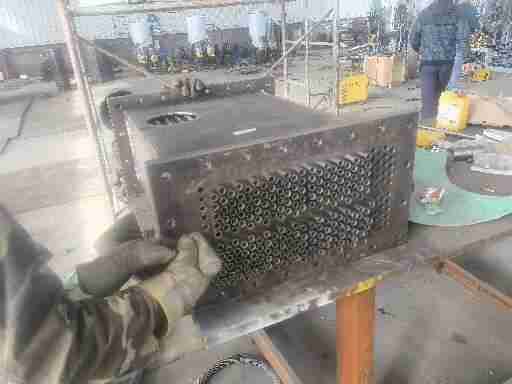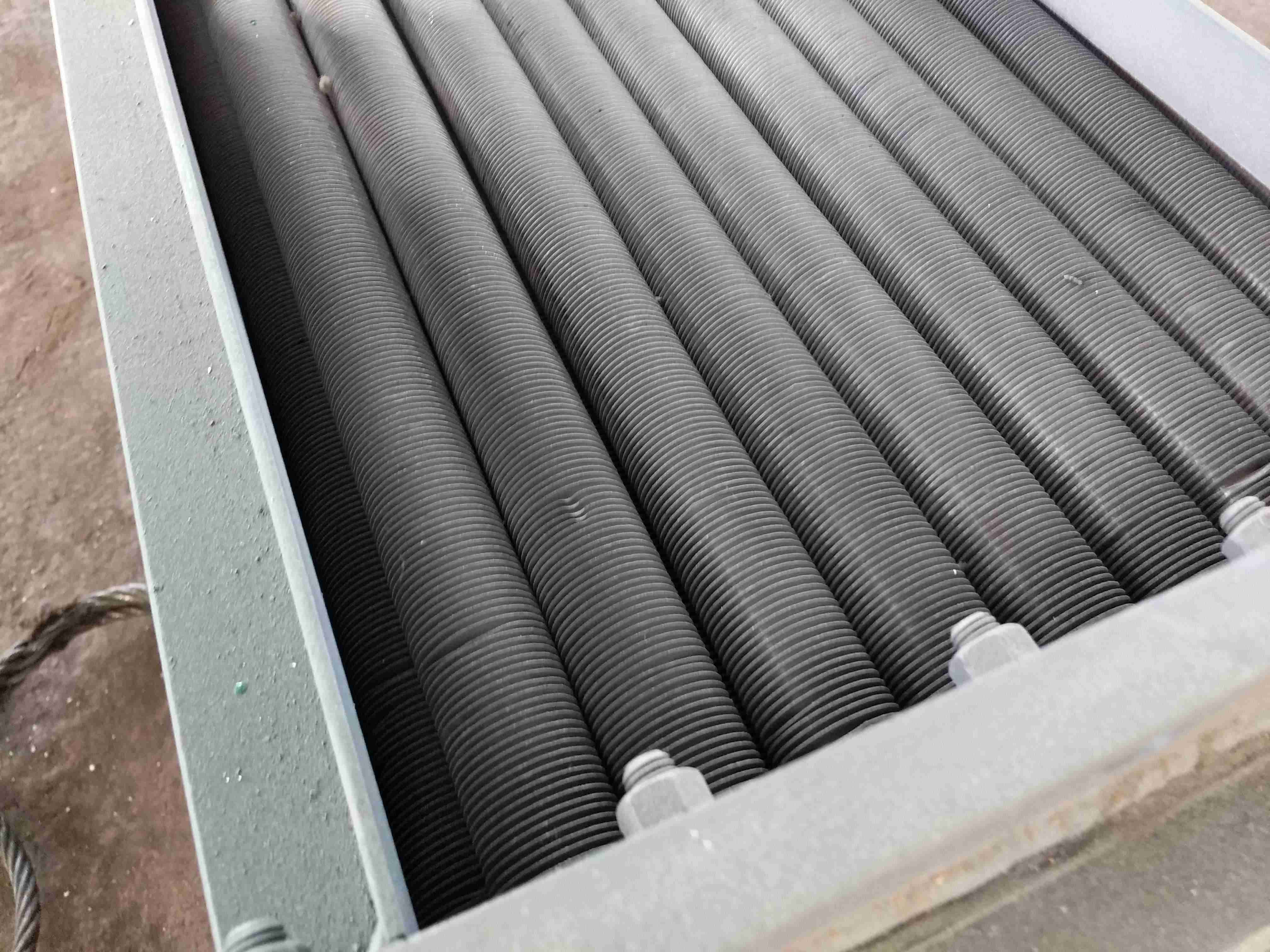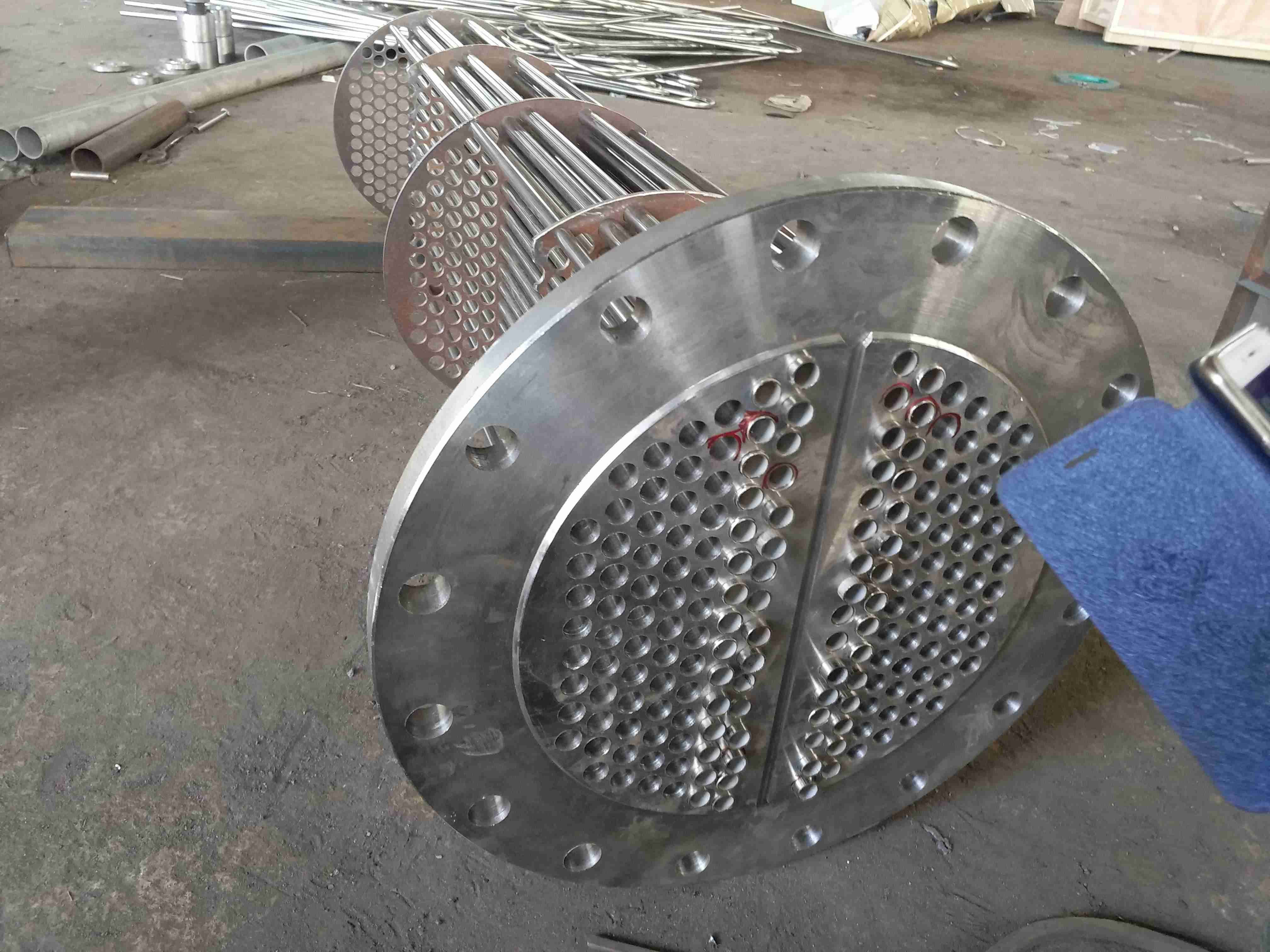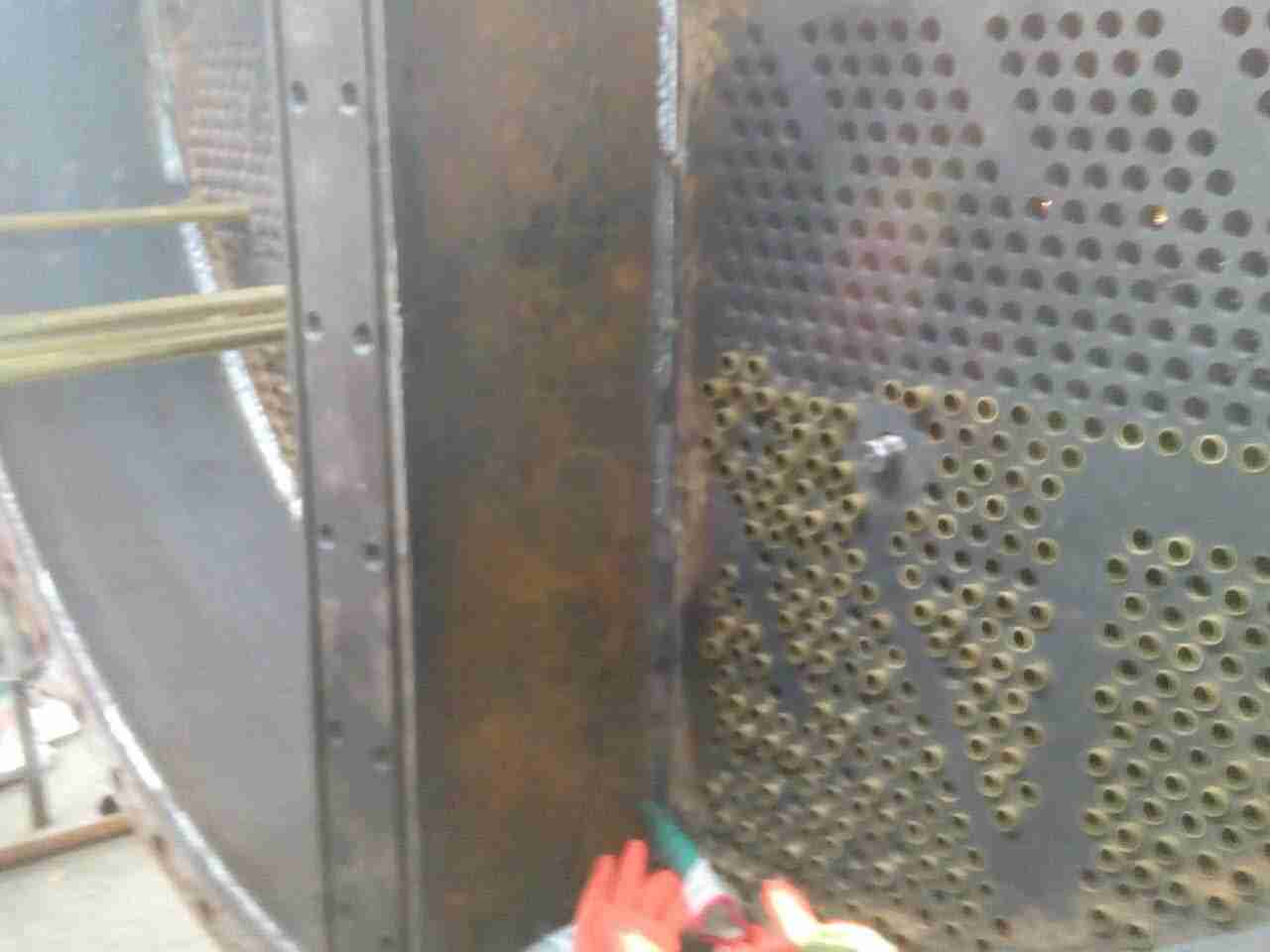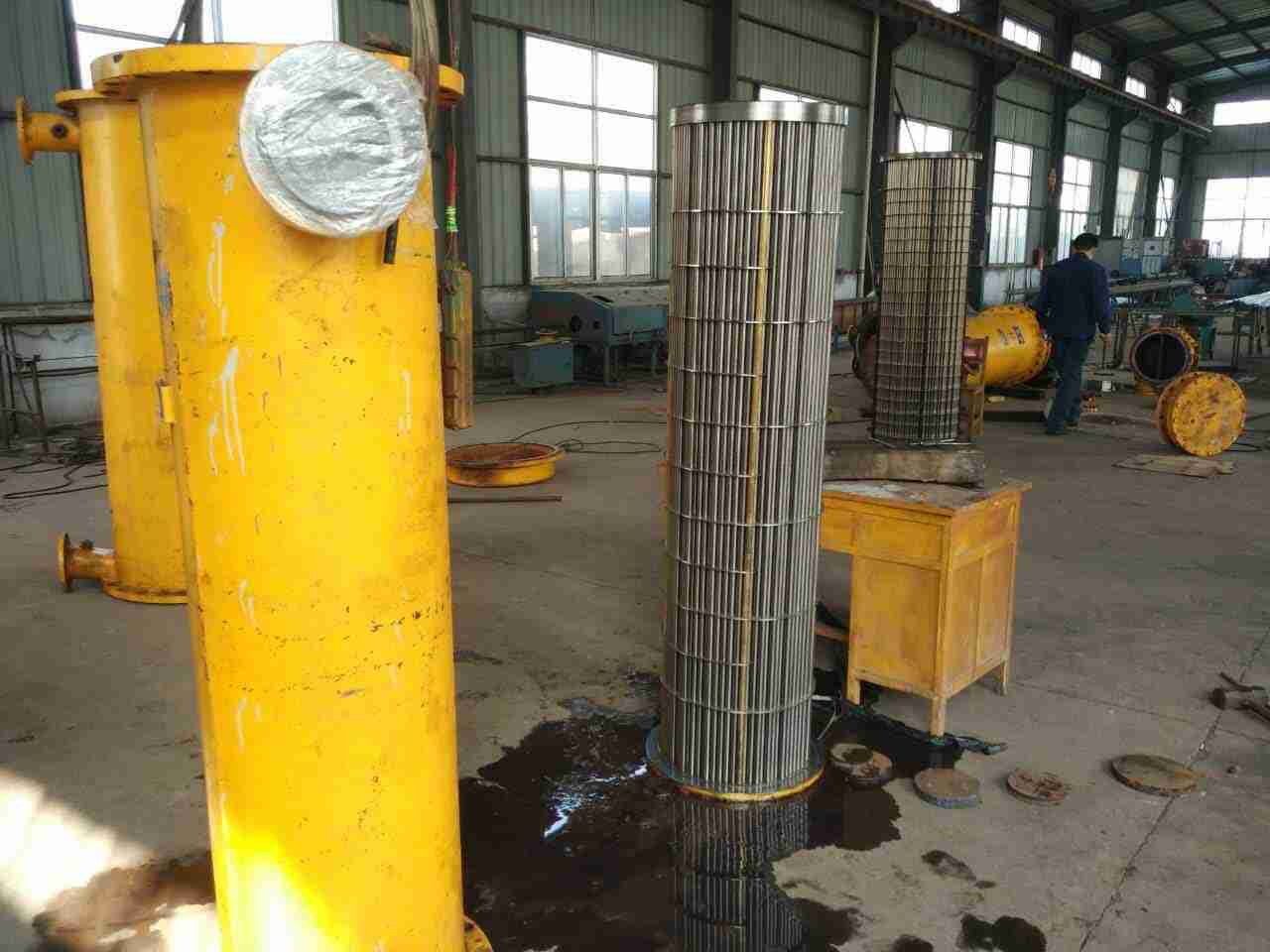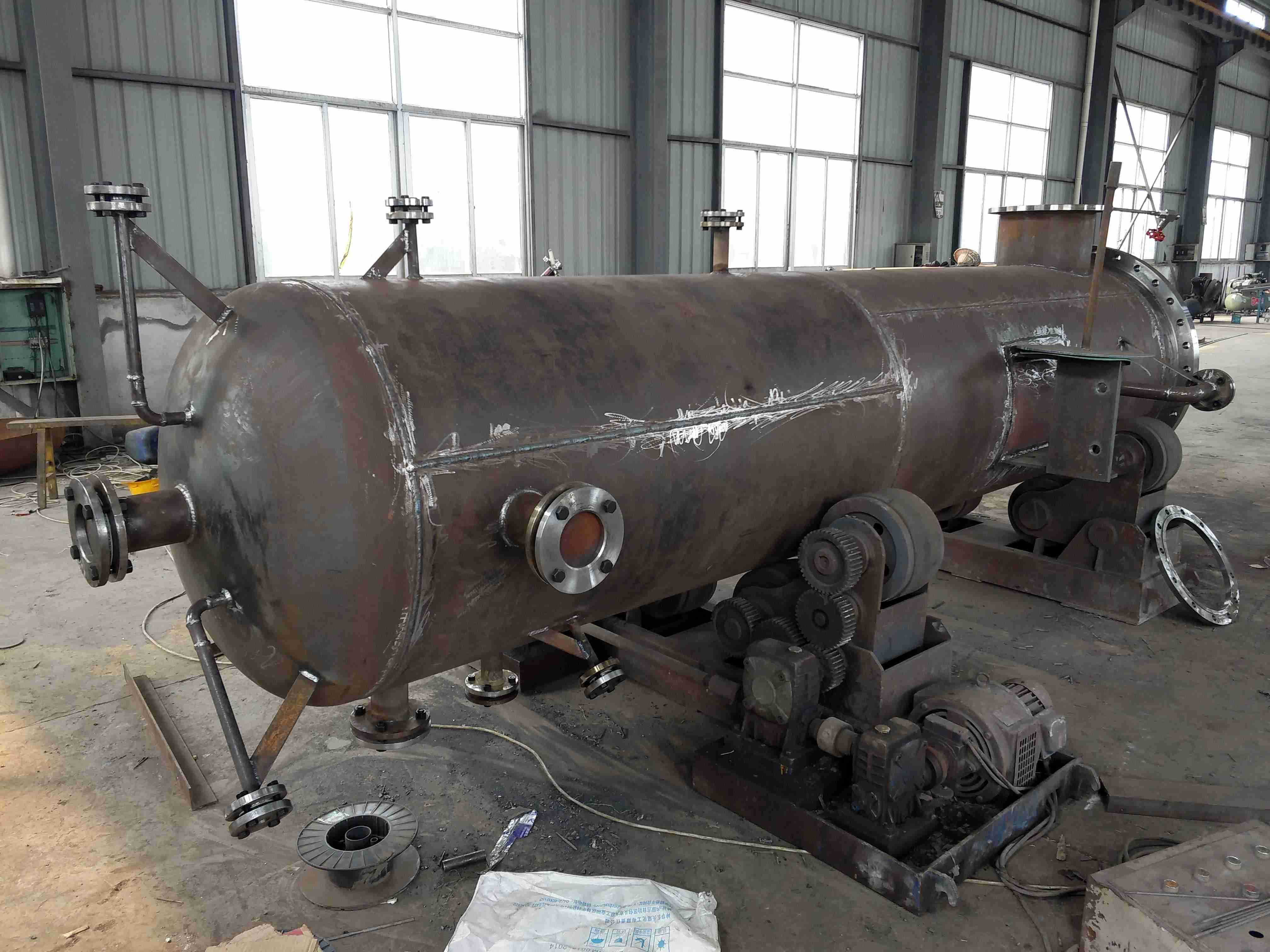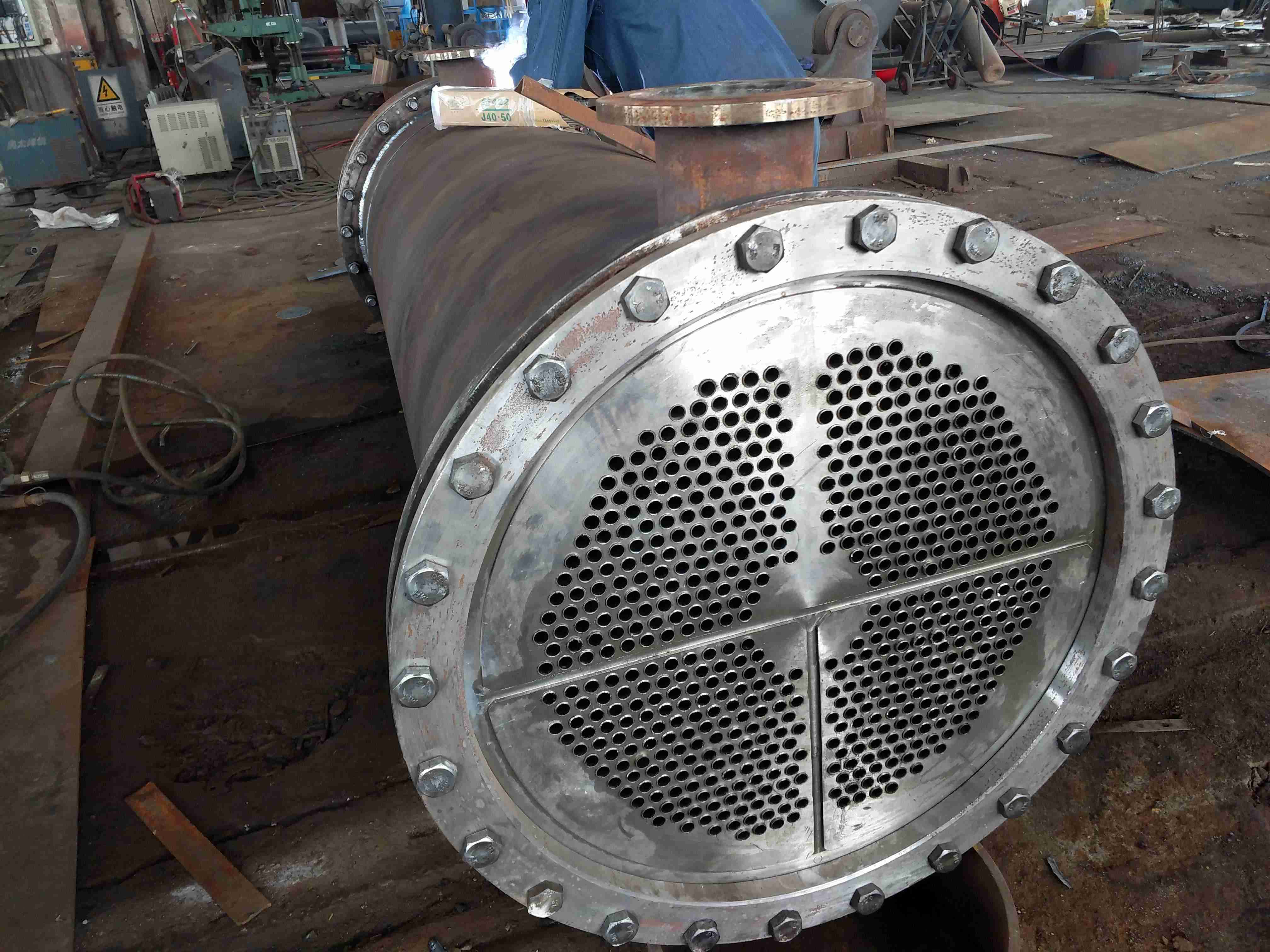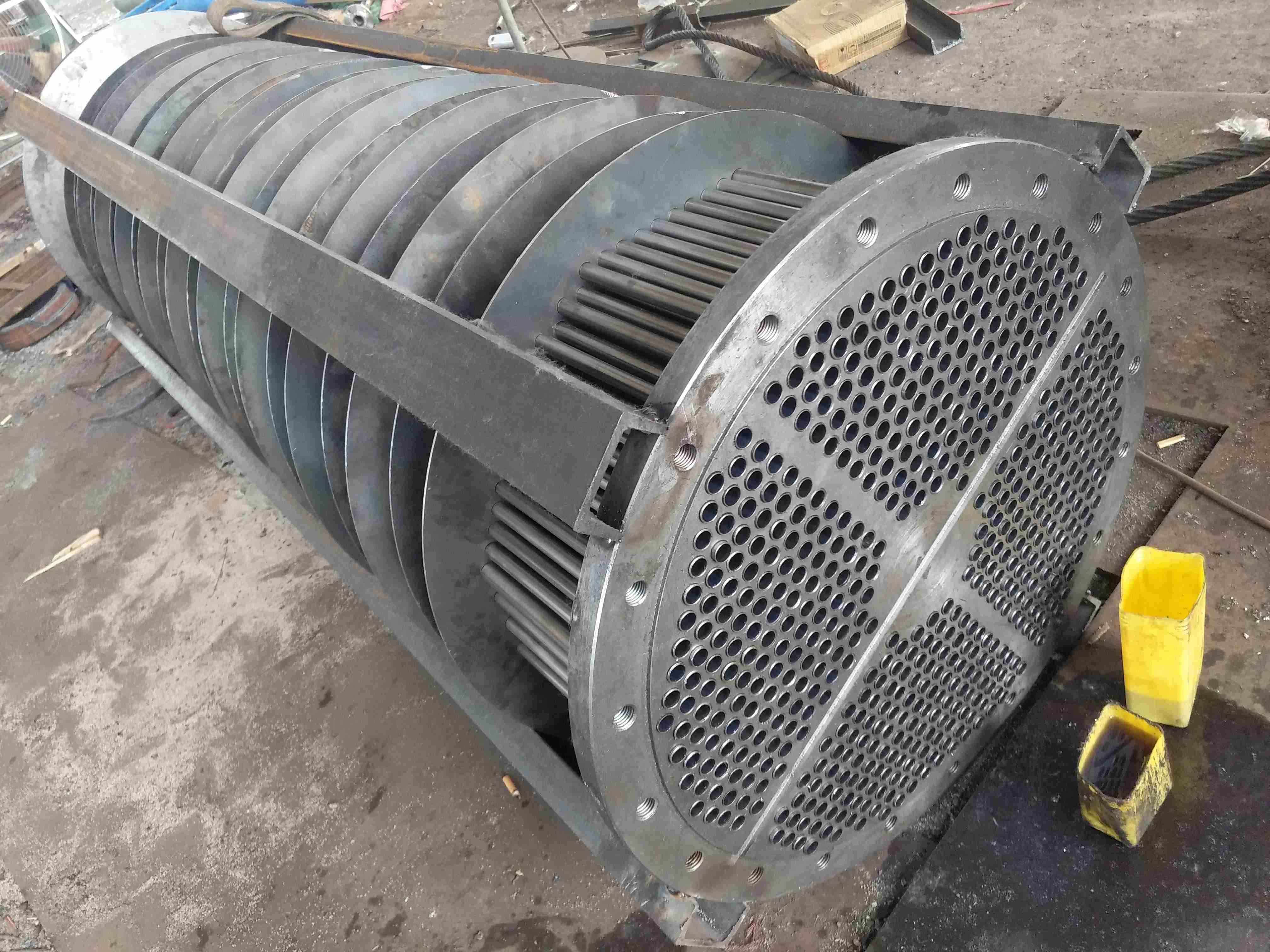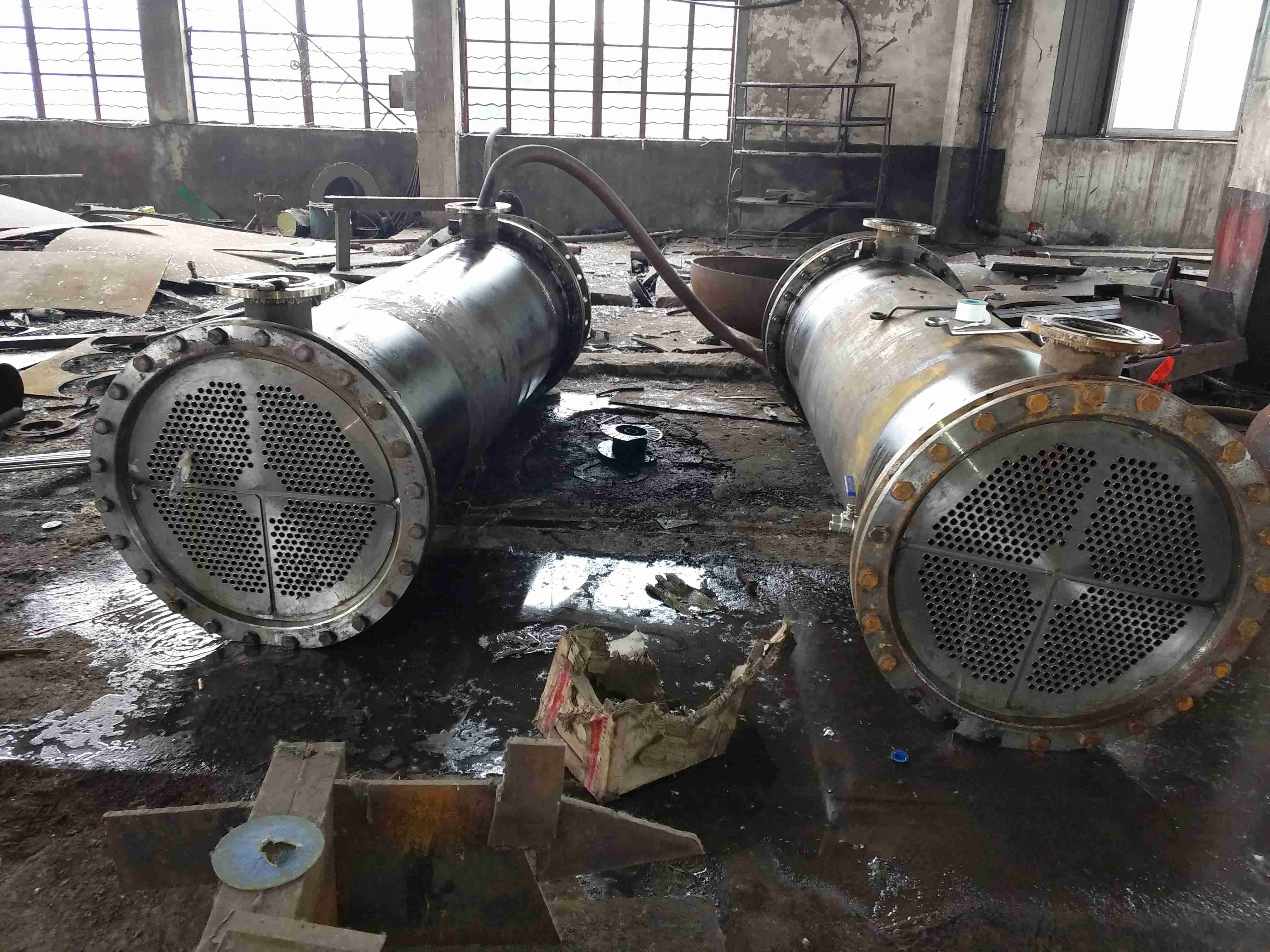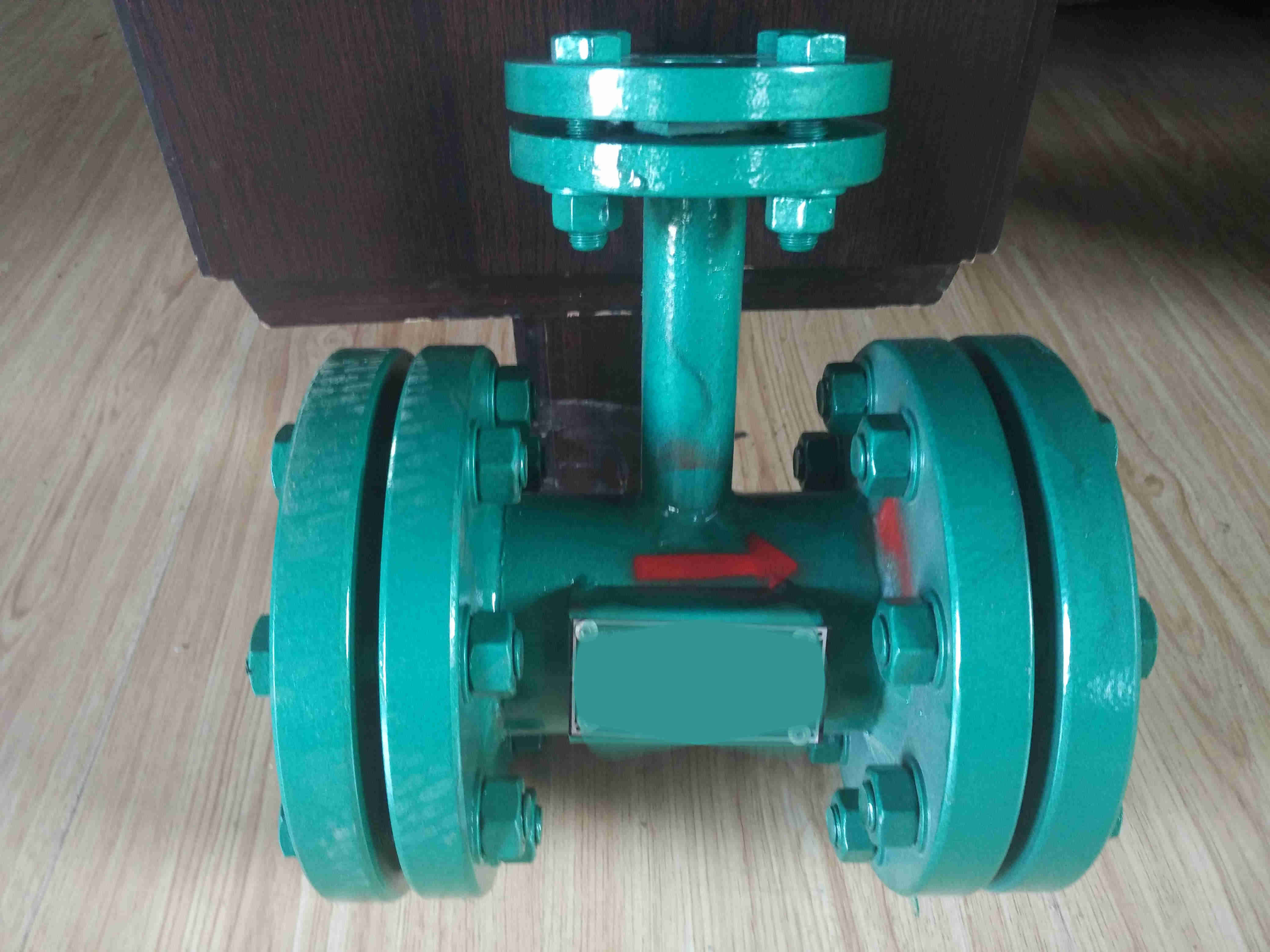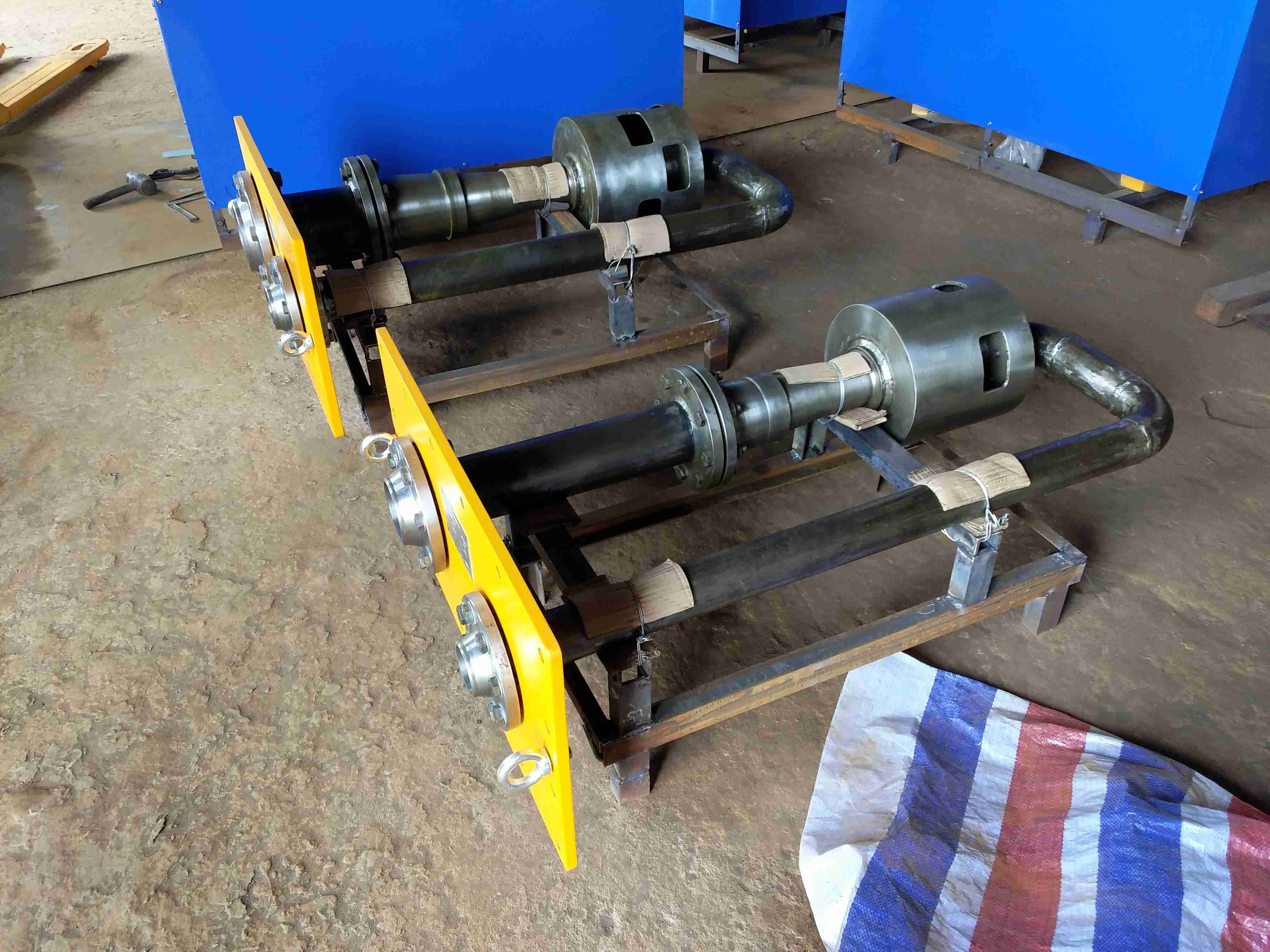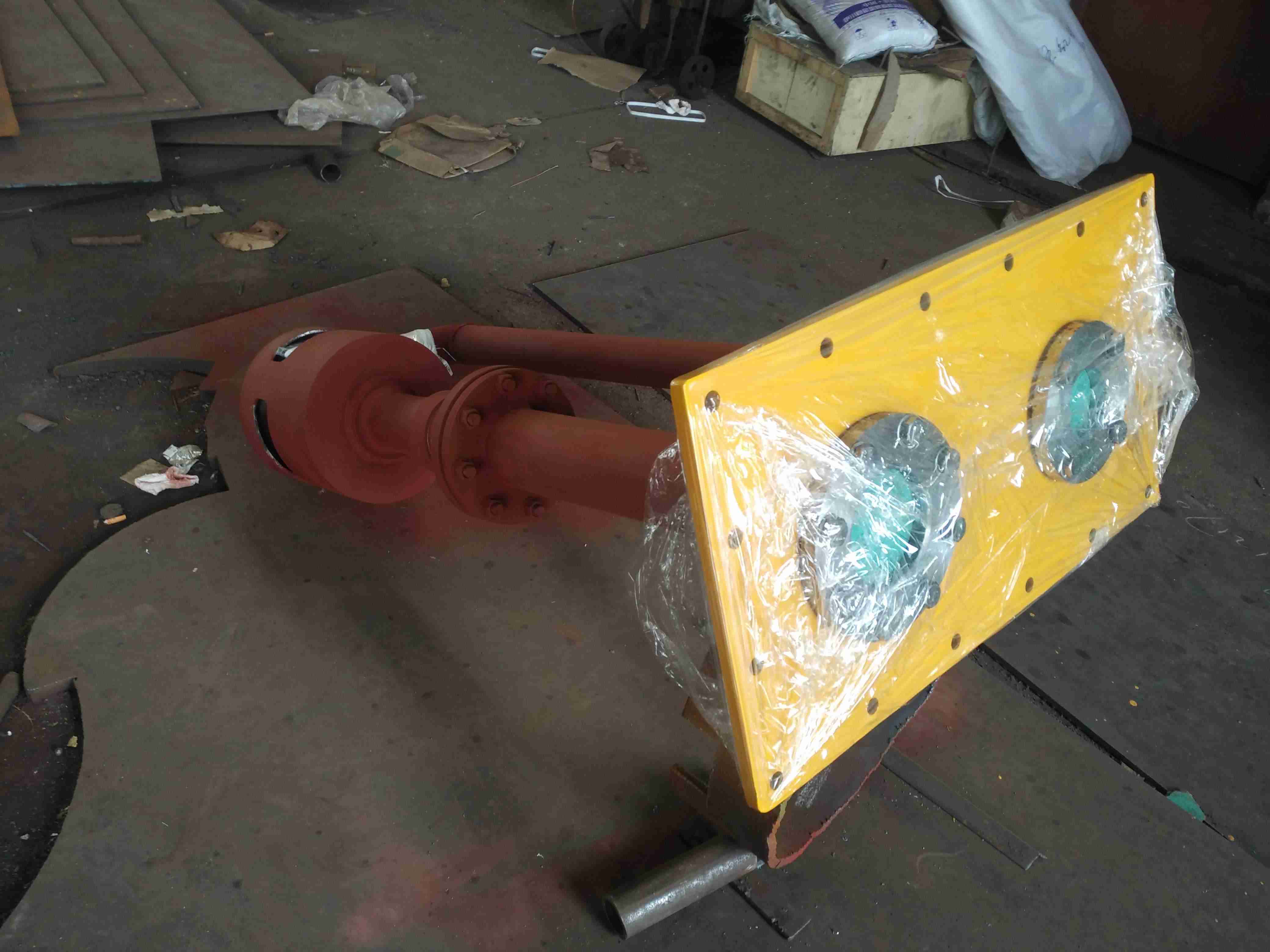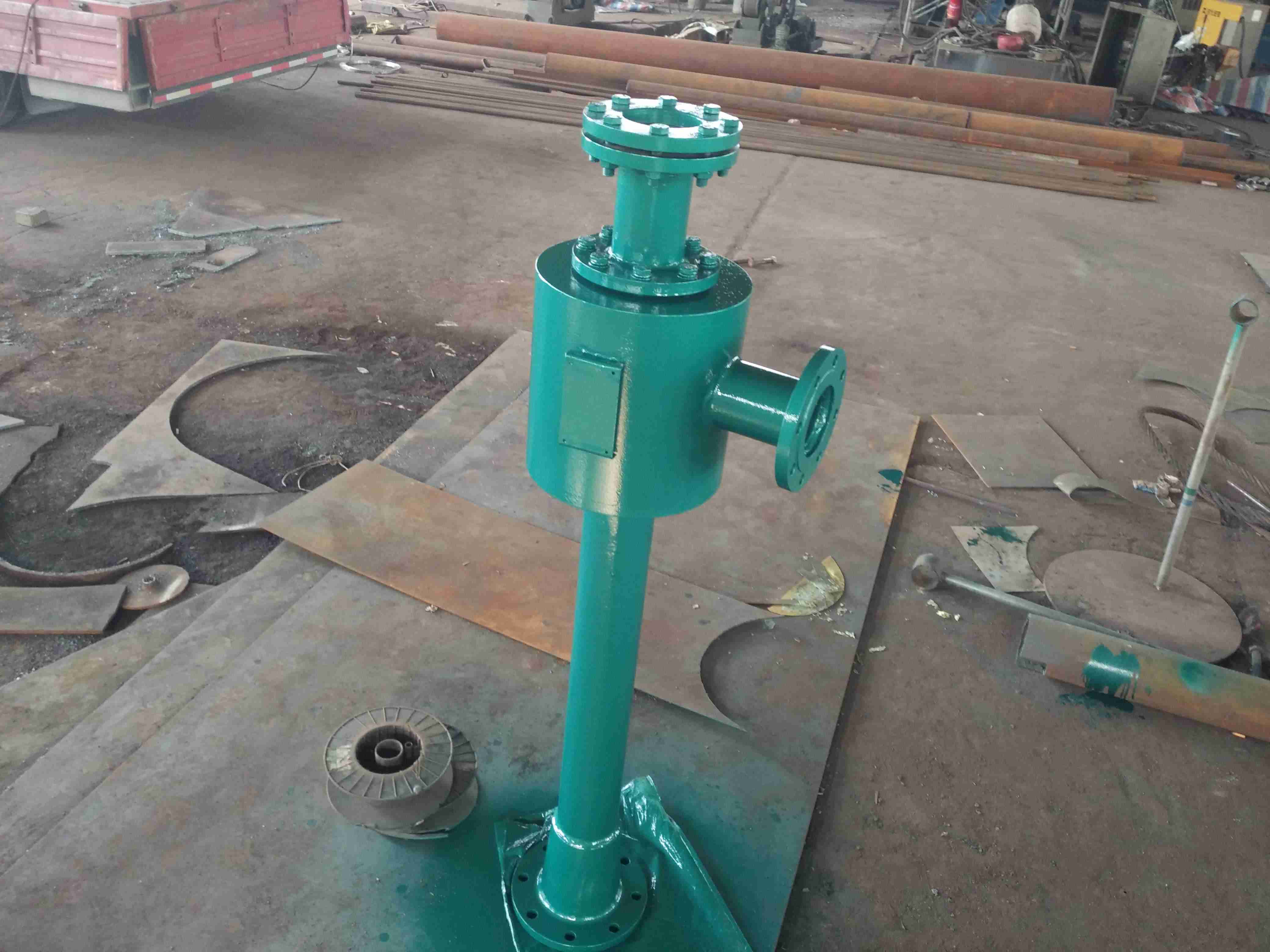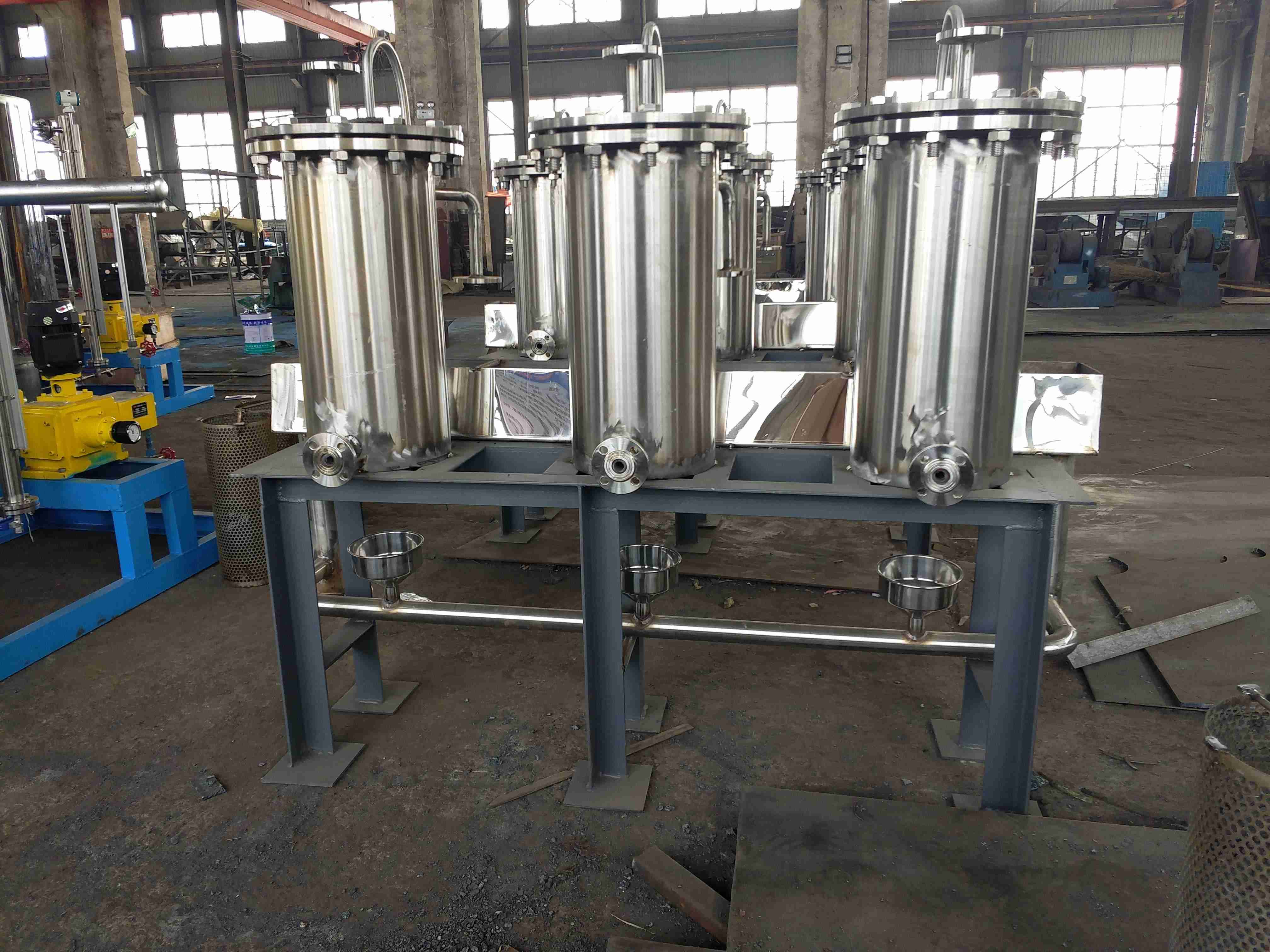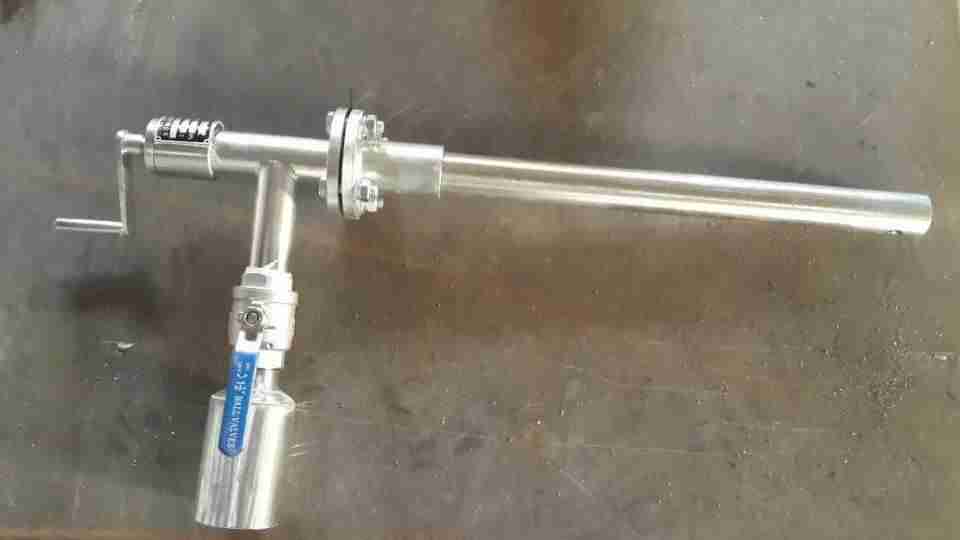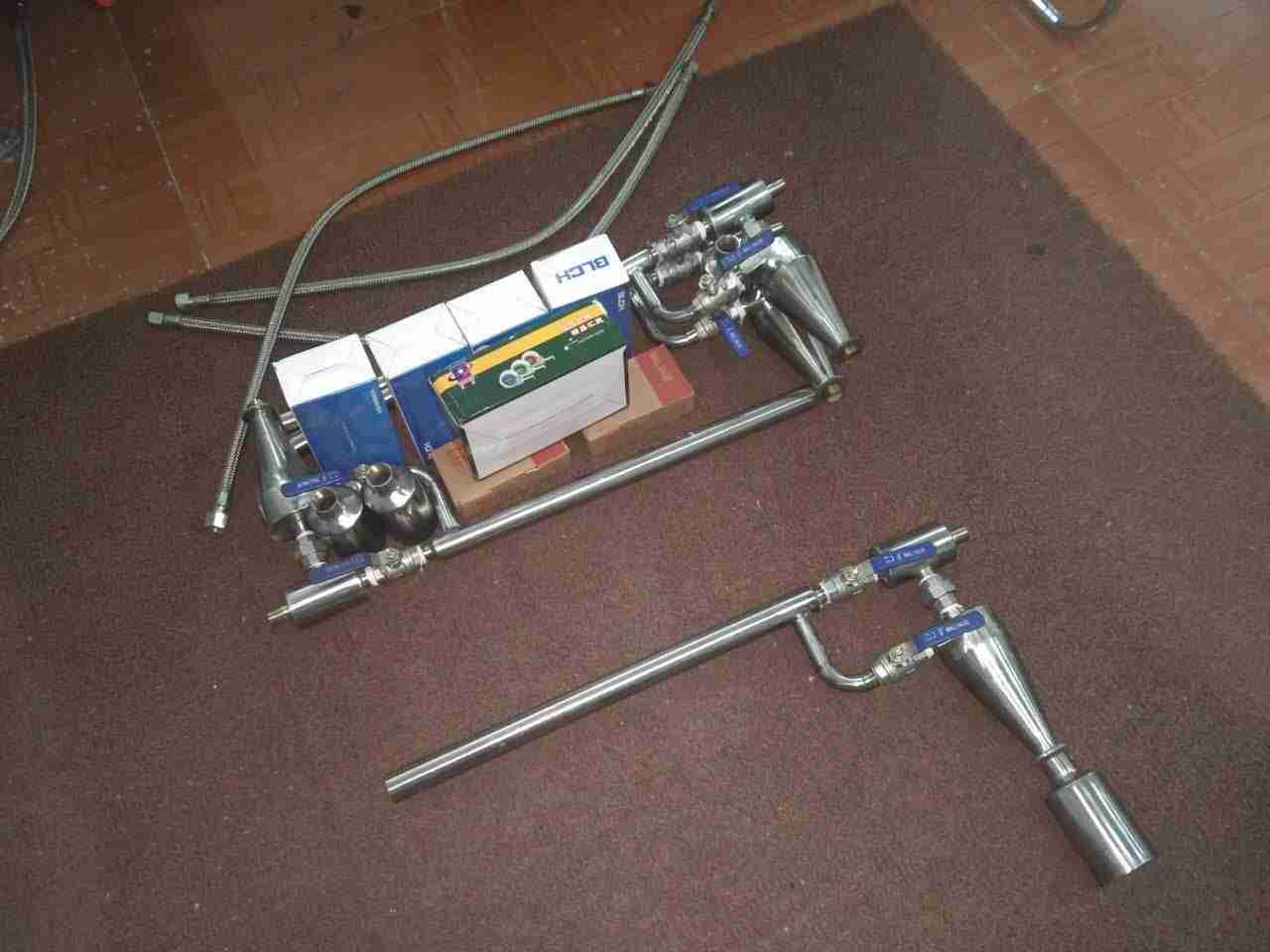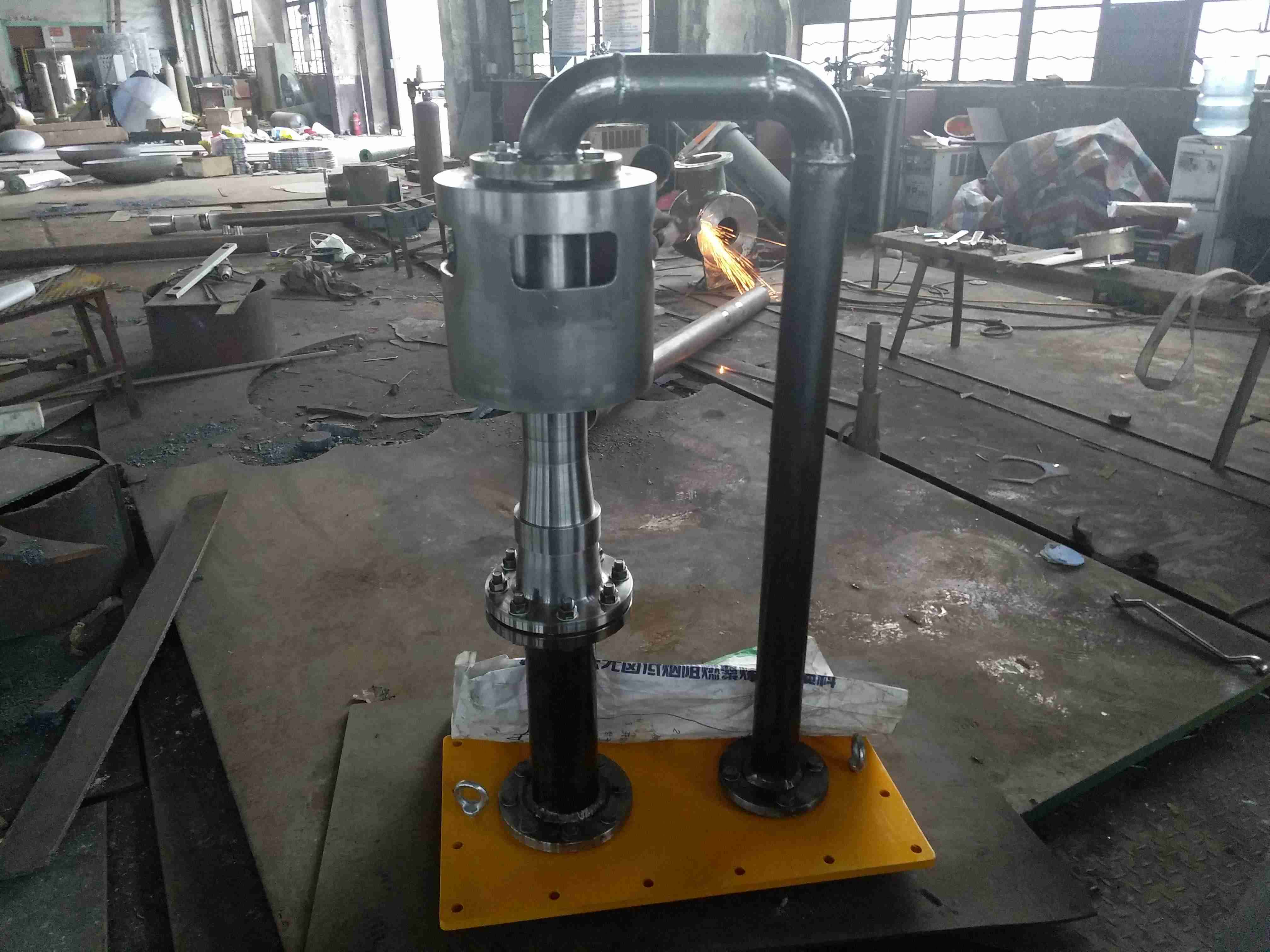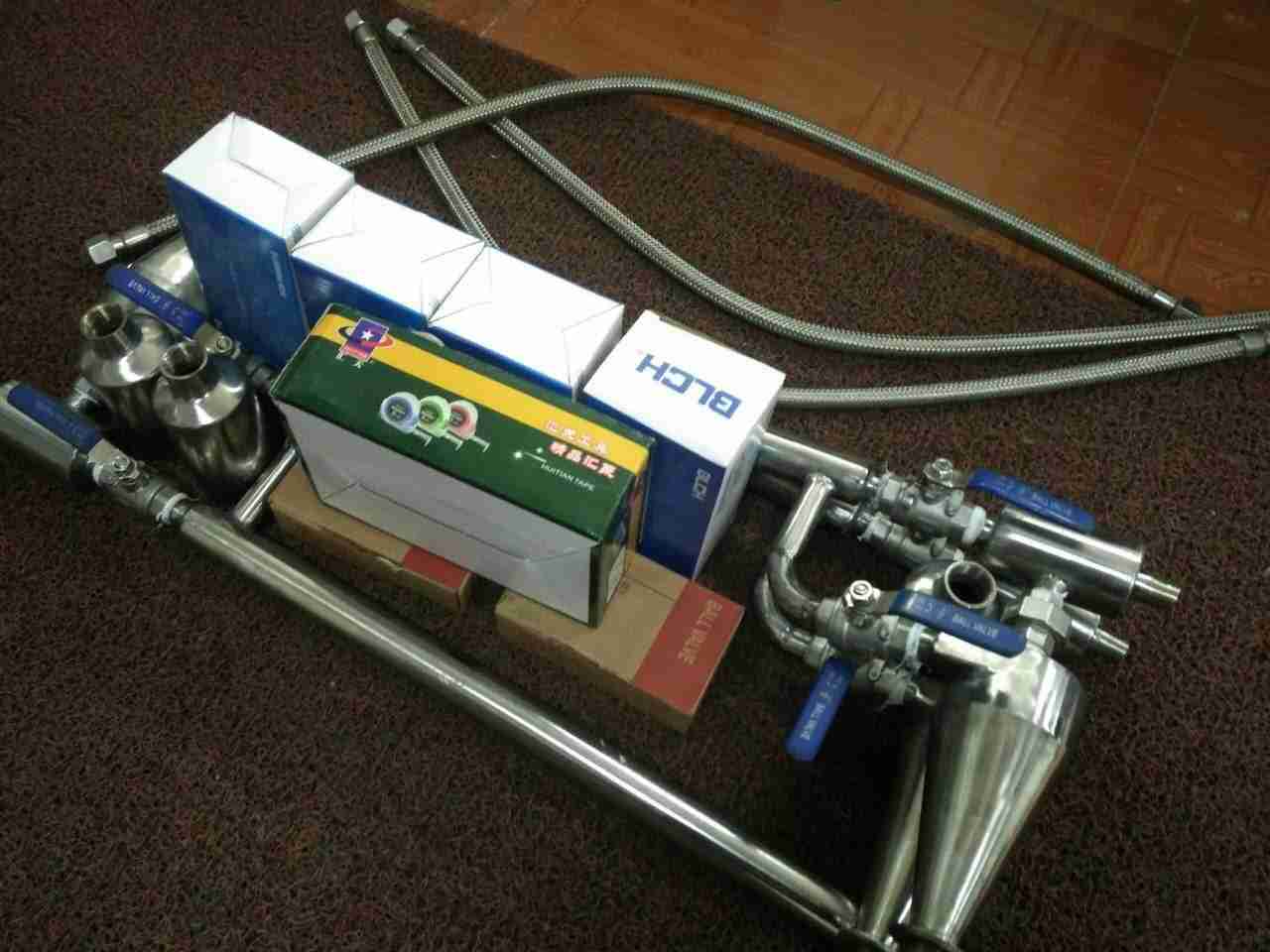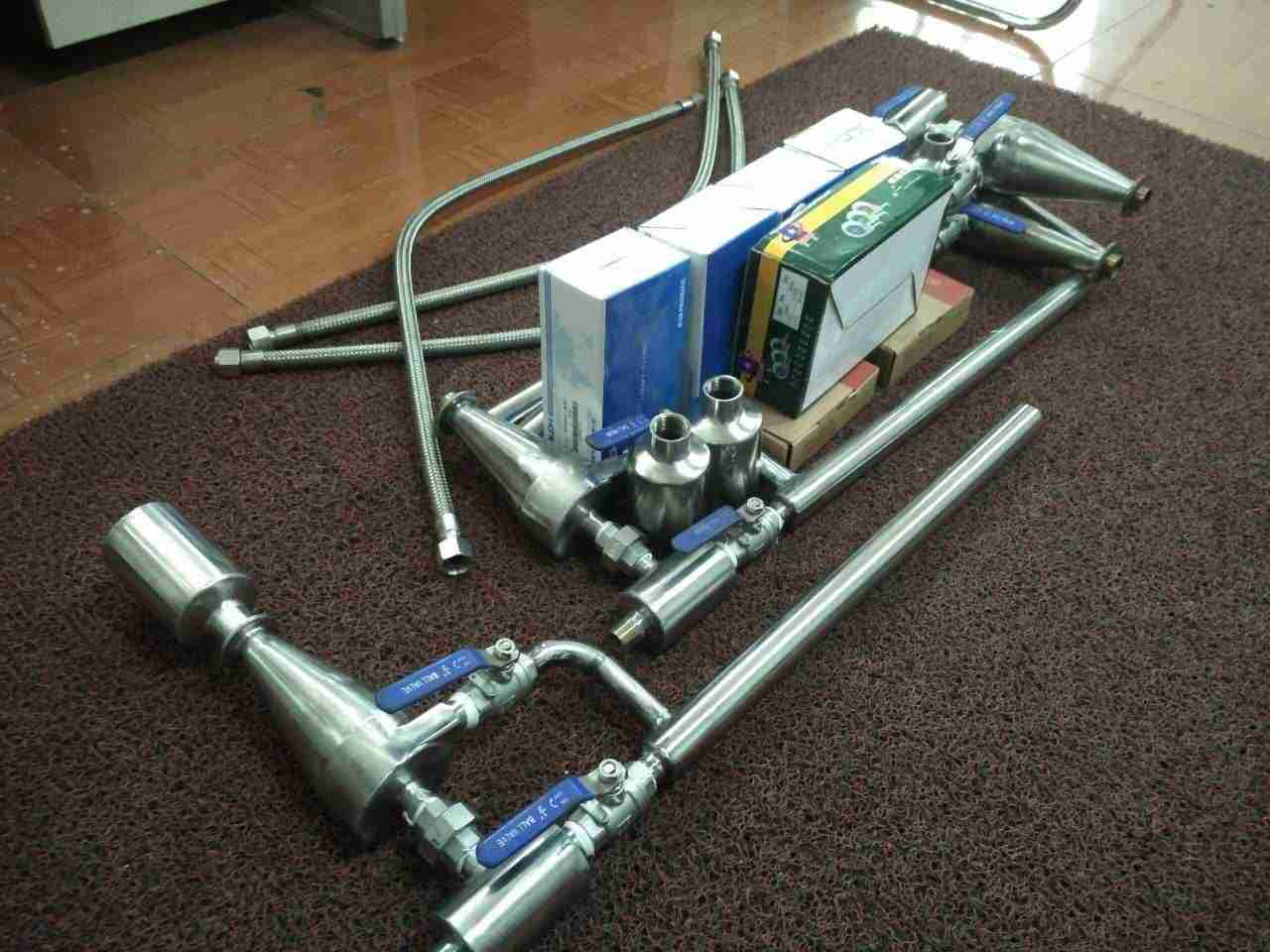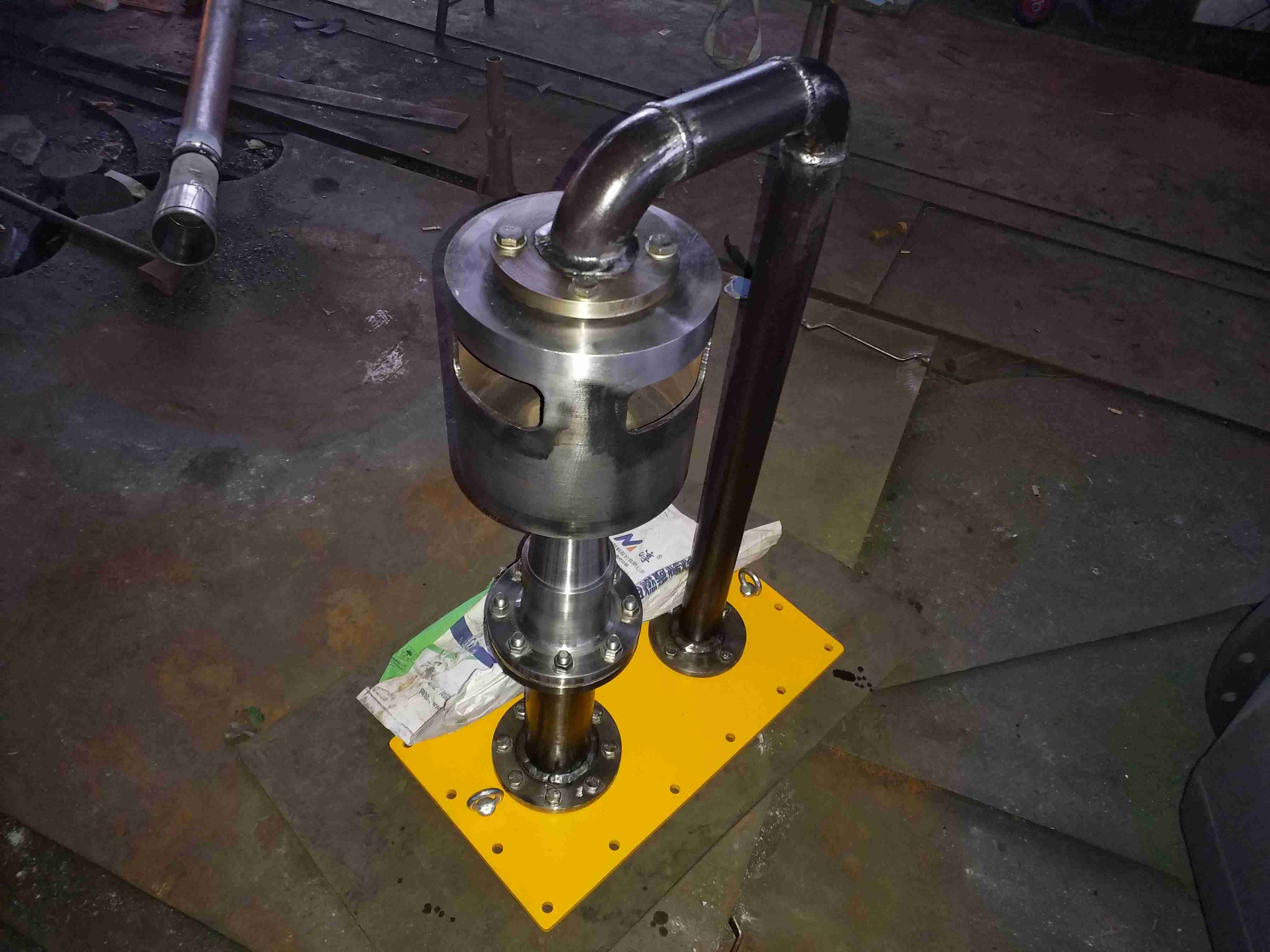Summary of rubber balls:
The rubber ball cleaning device for power plant condensers and the sponge rubber ball cleaning for seawater desalination have become standard configurations in the condenser rubber ball cleaning system to improve the operation of power plants. Sponge rubber balls are one of the key elements of this system. Main types of rubber balls: sponge rubber balls, foam rubber balls, smooth rubber balls, peeled rubber balls, ordinary rubber balls, diamond sand rubber balls (semi diamond sand rubber balls), rubber rubber balls, silicone rubber balls, etc. Lisheng is a manufacturer of condenser rubber ball cleaning devices and various types of rubber balls. The size, function, and principle of rubber balls are independently developed and configured by our rubber ball manufacturer, which is both usable and strong- Cheap price!
Classification of rubber balls:
1. Standard peeling rubber ball (also known as sponge rubber ball) - suitable for various condenser copper pipes, standard peeling rubber ball (also known as sponge rubber ball) is also a type of rubber ball used in various power plants. Rubber balls are made from natural rubber with foaming and special additives. Standard peeling rubber balls (also known as sponge rubber balls) can be used for various rubber ball cleaning equipment and water quality.
2. Peeling rubber balls (also known as sponge rubber balls) can remove biological dirt and high viscosity biological dirt. Suitable for cleaning stainless steel tubes and titanium alloy tube heat exchangers.
3. The surface of ordinary rubber balls is smooth, mainly used to make standard peeled rubber balls after being peeled and ground. Some power plants order light rubber balls due to the hard deposition of pipelines, usually used for stainless steel pipes. But not for the use of copper pipes.
Mainly used to remove soft dirt, suitable for cooling water applications such as sludge, sticky mud, mud sand, etc. Suitable for copper tube heat exchangers.
·Diamond sand rubber ball
4. Diamond sand rubber balls are divided into two types: full diamond sand rubber balls and semi diamond sand rubber balls. Diamond sand rubber balls are suitable for removing various types of scaling and sedimentation in pipelines, but they can cause damage to the pipes. Generally, they should not be used for a long time, and copper pipes should be used with caution.
Removal of hard scale, such as calcium carbonate. Suitable for steel pipe and stainless steel pipe heat exchangers.
5. Rubber ball: When rubber is produced and molded, it is compressed under high pressure. Due to the inherent cohesive force of the projectile, it is difficult to eliminate it. During molding and demolding, unstable shrinkage (the shrinkage rate of rubber varies depending on the type of rubber) often occurs, and it takes time to stabilize. So, at the beginning of rubber manufacturing design, regardless of the formula or mold, careful calculation of the fit is necessary. If not, it is easy to cause dimensional instability, resulting in low manufacturing quality.
1. Natural rubber NR
Natural Rubber is made from latex collected from rubber trees and is a polymer of isoprene. Has high abrasion, elasticity, tensile strength, and elongation. Easy to dissolve in air, sticky when exposed to heat, easy to expand and dissolve in mineral oil or gasoline, alkaline but not strongly acidic. It is a raw material for making adhesive tape, hoses, and rubber shoes, and is suitable for making shock absorbers, used in automotive brake oil, ethanol, and other liquids with hydroxide ions.
2. Nitrile rubber NBR
Nitrile Rubber is formed by copolymerization of acrylonitrile and butadiene, with an acrylonitrile content ranging from 18% to 50%. The higher the acrylonitrile content, the better the resistance to petrochemical oil hydrocarbon fuel oil. However, its low temperature performance deteriorates, and the general temperature range for use is -25~100 ℃. Dingjing rubber is used for oil seals and O-rings Has good resistance to oil, water, solvents, and high-pressure oil, as well as good compression, wear, and elongation. Lack: Not suitable for solvents such as ketones, ozone, nitrohydrocarbons, MEK, and chloroform. Rubber parts, especially seals, used in the production of fuel tanks, lubricating oil tanks, and fluid media such as petroleum hydraulic oil, gasoline, water, silicone grease, silicone oil, diester lubricating oil, and ethylene glycol hydraulic oil. It can be said that it is a rubber seal with a wide range of purposes and low cost.
3. Silicone rubber SI
The main chain of silicone rubber is composed of silicon (- si-o-si). Having - heat, - cold, - ozone, - atmosphere - chemistry. It has a lot of electrical energy. The tensile strength is inferior to ordinary rubber and does not have oil. --: After being formulated, the tensile strength can reach 1500PSI and tear resistance can reach 88LBS, with good elasticity and compression, good resistance to solvents, heat resistance, cold resistance, resistance to ozone and oxide erosion, electrical energy, thermal insulation, and heat dissipation. Lack: It is not recommended to use in most concentrated solvents, oils, concentrated acids, and diluted sodium hydroxide· Seals or rubber parts used in the household appliance industry, such as rubber parts in electric kettles, electric irons, and microwave ovens. Seals or rubber components in the electronics industry, such as shock absorbers in phone buttons, DVDs, and seals in cable connectors. Various sealing components that come into contact with the human body, such as kettles, water dispensers, etc.
4. Polyurethane rubber PU
Urethane Rubber is a mechanical material that is comparable to other types of rubber in terms of high hardness, high elasticity, and wear-- Chemical, ozone, and oil are also equivalent- The general temperature range for use is -45~90 ℃.
--- Grinding, - High pressure. Lack: not high temperature, industrial high pressure, grinding sealing parts, such as hydraulic cylinder sealing parts. High voltage and high charge system -.
6. Silicone rubber balls: Silicone rubber balls are a type of product with high grinding, high temperature, and high bounce. Compared with rubber balls, they have characteristics such as pollution, odor, migration, and side effects. Therefore, they are used in industries with high environmental requirements.
Application of rubber balls:
Rubber ball - used in industries such as mining, machinery, food, metal metallurgy, vibrating screens, etc.
In the vibration industry, silicone balls are the main accessories of vibration screening equipment, such as direct vibrating screens and rotary vibrating screens. When screening materials in the food industry, silicone balls are used instead of rubber balls as accessories to ensure the green and environmentally friendly production of food.
Rubber ball -:
1. Good - high temperature, low temperature - energy (between -60 ℃ and 300 ℃); insulation - energy.
2. High strength; Both soft and tough-
3. - Chemical corrosion - Energy -; Oil resistant, -
4. - Heat and climate, as well as ozone, oxygen, light, etc.
5. Hands, environmental protection, and fruit sealing.
Working principle of rubber balls:
Rubber balls can remove biological dirt and high viscosity biological dirt. Power plant condenser rubber ball cleaning device and seawater desalination - using ordinary and high-temperature cleaning balls. Rubber ball cleaning, as an important means to improve the operation rate of power plants, has become a standard configuration in the condenser rubber ball cleaning system. Rubber ball damage is a key element of this system. Main types of rubber balls: sponge rubber balls, foam rubber balls, smooth rubber balls, peeled rubber balls, ordinary rubber balls, diamond sand rubber balls (semi diamond sand rubber balls), rubber rubber balls, silicone rubber balls, etc. Lisheng is a manufacturer of condenser rubber ball cleaning devices and various types of rubber balls. The size, function, and principle of rubber balls are independently developed and configured by our rubber ball manufacturer, which is both usable and strong- Cheap price- Used in industries such as mining, machinery, food, metal metallurgy, and vibrating screens.
Rubber ball -:
1. The rubber ball is soft and permeable. By utilizing the action of water flow, the rubber ball larger than the inner diameter of the steel pipe can be squeezed into the stainless steel pipe of the condenser, and the stainless steel pipe can be scrubbed to reduce thermal resistance, increase heat transfer coefficient, reduce the end difference of the condenser and the back pressure of the steam turbine, improve the heat rate of the steam turbine, and slow down the corrosion on the inner side of the stainless steel pipe.
2. The pores of the rubber ball are uniform, and the water absorption between the pores is strong. The ratio of wet balls is similar to that of water. After entering the water chamber, the rubber ball is uniformly suspended from the bottom to some layers, ensuring the cleaning of each cooling water pipe from the bottom to the part
3. The diameter of the rubber ball should not increase by more than 0.5mm and remain stable during operation to prevent the rubber ball from blocking the cooling water pipe. The rubber ball will not melt during its use.
4. The rubber ball must be soaked and used directly to ensure a good harvest.
Sponge foam rubber ball: also known as peeled rubber ball
Peeling rubber balls are also a type of rubber ball used in various power plants. Rubber balls are made from natural rubber with foaming and special additives. Standard peeling rubber ball - suitable for various condenser copper pipes.
Appearance and Scope of Application of Rubber Balls:
1. The rubber ball has uniform pores, and the pore size is basically similar.
2. The glue ball hole lacks glue, with a maximum of 3mm and a degree of 2mm or less. Each ball should have no more than 3 pieces, and the total area of glue deficiency should not exceed 10% of the surface area.
Applicable water temperature: - up to 140 ℃
Applicable pipe materials: copper pipe, stainless steel pipe, titanium pipe
--: Soft, - Soft, - Hard, Hard
Scope of application of standard peeling rubber balls:
Peeling rubber ball (sponge rubber ball) - used for cleaning condenser pipelines in major thermal power plants.
Standard peeling rubber balls are suitable for various condenser copper pipes, and they are also a type of rubber ball used in various power plants. Rubber balls are made from natural rubber with foaming and special additives. Standard peeling rubber balls can be used for various rubber ball cleaning equipment and water quality.
Peeling rubber balls (sponge rubber balls) can remove biological dirt and high viscosity biological dirt. Suitable for stainless steel tubes and titanium alloy tube heat exchangers.
Overview of Standard Peeling Rubber Balls (Sponge Rubber Balls):
The standard peeling rubber ball, as an important tool to improve the operation rate of power plants, has become a standard configuration in the cleaning system of condenser rubber balls in power plants, and the failure of rubber balls is a key element of this system. Our factory has a long-term supply of sponge rubber balls for cleaning condensers, including sponge rubber balls with a diameter of 16-31mm, diamond sponge rubber balls, and peeling balls.
Ordinary rubber balls:
The surface of ordinary rubber balls is smooth, mainly used to make standard peeled rubber balls after being peeled and ground. Some power plants order light rubber balls due to the hard deposition of pipelines, usually used for stainless steel pipes. But not for the use of copper pipes.
Mainly used to remove soft dirt, suitable for cooling water applications such as sludge, sticky mud, mud sand, etc. Suitable for copper tube heat exchangers.
Technical parameters and standards for cleaning sponge rubber balls in condensers:
Rubber ball specifications and suitable inner diameter for cleaning copper pipes
Copper tube inner diameter mm 16 17 24 25
Rubber ball diameter mm 15.5 16.5 23.5 24.5
Appearance - Standard:
1. The hair pores are uniform, and the size of the pores is basically similar;
2. Lack of adhesive in the eyelets, - no more than 3mm, no more than 3 per ball, and the total area of adhesive deficiency is not greater than the outside
10% of the surface area;
3. The diameter tolerance of the rubber ball is ± 0.5mm;
4. Regular Ball Φ 16- Φ 28. Peeling ball Φ 16- Φ 27. Steel sand rubber ball Φ 16- Φ 26.
Physics Energy:
After soaking in water at 40 ± 1 ℃ for 48 hours, the wet state temperature changes by 0.90 to 1.20g/cm3, and the diameter change rate is not more than 10% of the ball diameter.
Usage:
Positive pitching volume
For the number of single side and single process cooling pipes in the condenser, 7% -13%, depending on the length of time required for the rubber ball cycle, the lower or upper limit or its approximate value is taken, and the time for the rubber ball cycle is generally limited to 30 seconds.
Rubber ball replenishment cycle or replacement cycle
The replenishment cycle is for the rubber ball cleaning system - a total of 7 runs, and the replenishment cycle can also be adjusted according to the specific situation of the unit.
-The replacement cycle, based on the usage of ball production, is a cumulative operation of 60 times for the rubber ball cleaning system.
In addition, after soaking in water for a certain period of time, some rubber balls may swell too much, resulting in a diameter difference. When replenishing and replacing the rubber balls, they should be replaced in a timely manner to prevent the cooling pipes from being blocked.
-Model:
Name diameter (mm)
Regular Ball 16, 17, 18, 19, 20
21, 22, 23, 24, 25, 26, 28
Diamond sand ball
12. 14, 16, 17, 18, 19, 20
21, 22, 23, 24, 25, 26, 28
Standard peeling ball
12. 14, 16, 17, 18, 19, 20
21, 22, 23, 24, 25, 26, 28, 29
-Please place an order for specific specifications and requirements
The condenser rubber ball cleaning device and the central air conditioning rubber ball cleaning device are used Φ 14~ Φ 23 rubber balls, ball colors - random, selectable!
Other models can also be customized and processed according to customer requirements! Large quantity can cost mold making! Welcome to inquire by phone!
Attention: The above technical specifications and parameters are for reference only and are mainly for international design.
